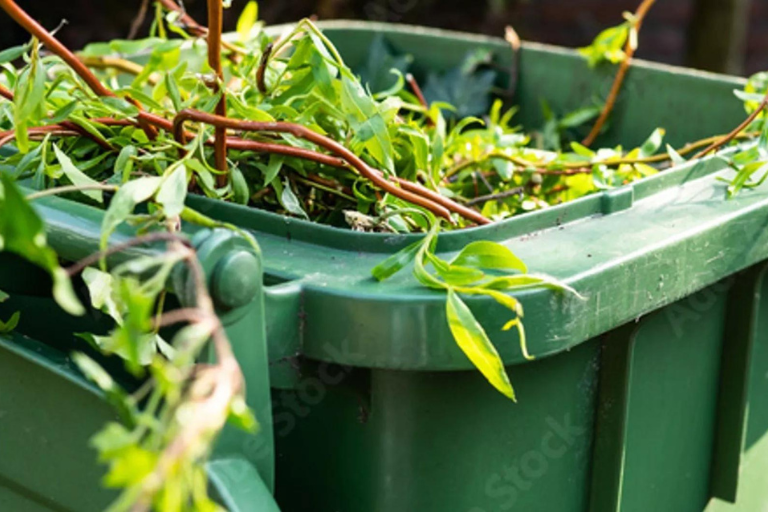Increasingly, councils are charging for garden waste collection services. If managed and communicated wisely, these programmes can truly be a win-win as the local authority can generate income to support vital services. Residents with gardens have an option when they don’t want to compost at home or take their waste to the tip, whilst those in high rise flats aren’t paying for a service they don’t use.
It’s tempting to want to just publish a fee structure and send bin stickers to anyone who signs up. But it’s important to invest time in designing your garden waste programme to make sure you can implement it efficiently and fairly and understand the value to residents and to the council. Digital waste management solutions can support your program with automated end-to-end processes that transform both the front-end customer experience and back-end service delivery for both chargeable and free garden waste collection services.
A growing role for digital
In order to implement an optional garden waste collection programme you need to be able to efficiently manage and promote enrolment, automate billing, and assure accurate and predictable collections.
By automating your programme, the additional revenue charged won’t be consumed by incremental manual processes and service calls, and residents will get what they’re paying for: accurate billing and timely garden waste pickup.
Here’s how to use digital solutions to build out your garden waste collection programme whether you are charging or not:
Self-service enrolment
Consumers are happy to use a website or mobile app to sign up for solid waste services because they know they can do it on their time without having to wait in a long, often automated queue on the telephone. They can also check pickup schedules, make changes, and order special services without impacting back office or customer service personnel. An application that’s purpose-built for waste management is easy to deploy and designed based on industry best practices, so it requires very little customisation.
Promotions
Once you have your mobile app in the hands of residents, you can use it for opt-in messaging about your garden waste programme. Digital and social media marketing can point directly to online programme sign-up.
Bin delivery
After a resident has signed up for your garden waste collection programme they can be added to the collection route instantly, meaning they don’t have to wait, ensuring satisfaction. With workflow automation it’s easier and faster to schedule new bin deliveries and to make sure billing accurately reflects the service change.
Bin tracking
The added complexity of an optional garden waste collection programme requires flexible tracking to make sure drivers know where bins need to be collected. Some councils manage this with special stickers; others offer a new bin type. But it’s not enough to depend on drivers to spot every bin as they navigate crowded neighbourhoods. That’s where digital route mapping comes in. As soon as a resident signs up for the service, their location will be added to a driver’s in-cab digital screen.
Missed or special pickups
Digital fleet communications make it easy for a truck to respond when a customer has a special request. This especially comes in handy in the autumn when extra bags of leaves pile up. The customer can choose a special pickup using their mobile app or the online portal, and it can be immediately scheduled or relayed to the nearest truck.
Digital solutions can make the decision to implement an optional garden waste programme much more easily. Without customer self-service, automated workflow, and digital communications, the cost of the people and processes to manage the program would likely outweigh the benefits.
What next?
Contact us today to discuss how we can help support your garden waste collection programme.





